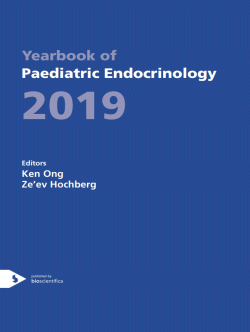4. Growth and Growth Factors
Important for Clinical Practice
ey0016.4-1 | Important for Clinical Practice | ESPEYB16
4.1. Growth hormone improves short-term growth in patients with temple syndrome
DS Brightman , O Lokulo-Sodipe , B Searle , DJG Mackay , JH Davies , IK Temple , A Dauber
ey0016.4-2 | Important for Clinical Practice | ESPEYB16
4.2. Improved mental and motor development during 3 years of GH treatment in very young children with Prader-Willi syndrome
SH Donze , L Damen , EF Mahabier , ACS Hokken-Koelega
ey0016.4-3 | Important for Clinical Practice | ESPEYB16
4.3. High prevalence of growth plate gene variants in children with familial short stature treated with growth hormone
L Plachy , V Strakova , L Elblova , B Obermannova , S Kolouskova , M Snajderova , D Zemkova , P Dusatkova , Z Sumnik , J Lebl , S Pruhova
ey0016.4-4 | Important for Clinical Practice | ESPEYB16
4.4. Phenotypic features and response to growth hormone treatment of patients with a molecular defect of the IGF-1 receptor
MJE Walenkamp , JML Robers , JM Wit , GRJ Zandwijken , HA van Duyvenvoorde , W Oostdijk , ACS Hokken-Koelega , SG Kant , M Losekoot




